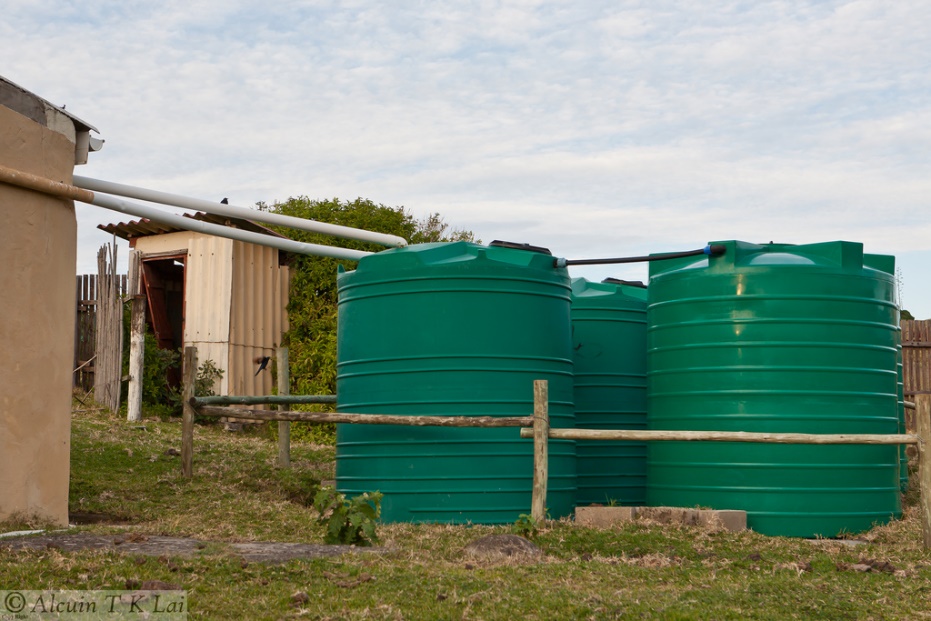
Rainwater water tanks from Melbourne are not just a valuable home accessory, they are considered as home essentials. They allow households to thrive all year, especially in times of water scarcity. Because of this, it’s important that they are protected against anything that can compromise the quality of stored rainwater, like contaminants and micro-organisms. They should also be protected against mosquitoes, which carry deadly illnesses.
Mosquito-borne infections may cause symptoms like rash, tiredness, fever, and joint swelling. While they often resolve after many days pass, there are cases where the symptoms lasted several weeks or even several months!
Given these health risks, the Australian government requires that the tank be kept mosquito-proof. Here are some basic tips to protect your tank from becoming a mosquito spawning pool.
- Set up mosquito-proof strainers and screens that have a mesh size of about 1mm on overflows, outlets, and all other entry points. The screens need to be fashioned from copper, brass, stainless steel, or aluminium and set up in such a way that it will not become corroded eventually.
- Use flap valves. When shut, flap valves can prevent mosquitoes from going through openings.
- Make sure that screens and strainer are tightly fitted and do not have defects, holes, and rips. Repair (or have them repaired) immediately as soon as you find damage to any of them.
- Check and clean the first flush device of your rainwater collection system every three months.
- Check and clean the tank interior every quarter or so. If you find sediment buildup in the tank, hire qualified contractors to clean it up for you.
Cleaning the tank interior requires that you drain the water first or store it elsewhere while cleaning. It is easiest to wait until the water level in the tank is relatively low, but this is not always possible. To drain the tank of water you need to open the outlet valve which you can find at the base of the tank. You can connect a hose to it if there is not one already connected, and the hose will allow water to be redirected to another container if you have one available.
Once you have drained all the water, mix together dishwashing detergent and hot water to make a liquid cleaner. Once you have made the liquid cleaner, get an abrasive sponge or long-handled hard brush and use it to scrub the inside of the tank. When scrubbing the tank’s interior, use horizontal strokes and apply sufficient pressure until you have completely removed all the dirt in it. Thoroughly rinse your tank after scrubbing, then let it dry. A completely dry tank is ready for rainwater harvesting.
- Still water, even a very small amount, can become a breeding ground for mosquitoes. Water can pool almost anywhere there is a concave surface or a depression in the ground, or in any object of container that that can contain liquid. Some examples of things that can contain water include buckets, bins, lids, cans, pots, and tyre rims. Any water pooled in these objects should be disposed of so they will not serve as homes for mosquitoes.
What to do if I find mosquitoes breeding in the tank?
You’ll know if mosquitoes have used your tank as a breeding area if you find their larvae wriggling on the surface of the collected water. In case you do find mosquito larvae, remove and discard the larvae, then locate and fix the insects’ point(s) of entry. By doing so, you prevent the access of adult mosquitoes and prevent the escape of any new adults.
Once you have shut the insects’ entry point(s), proceed with inspecting the gutters. Any pooled water you find on them should be disposed of. The last step is to clean the gutters.



Leave A Comment